
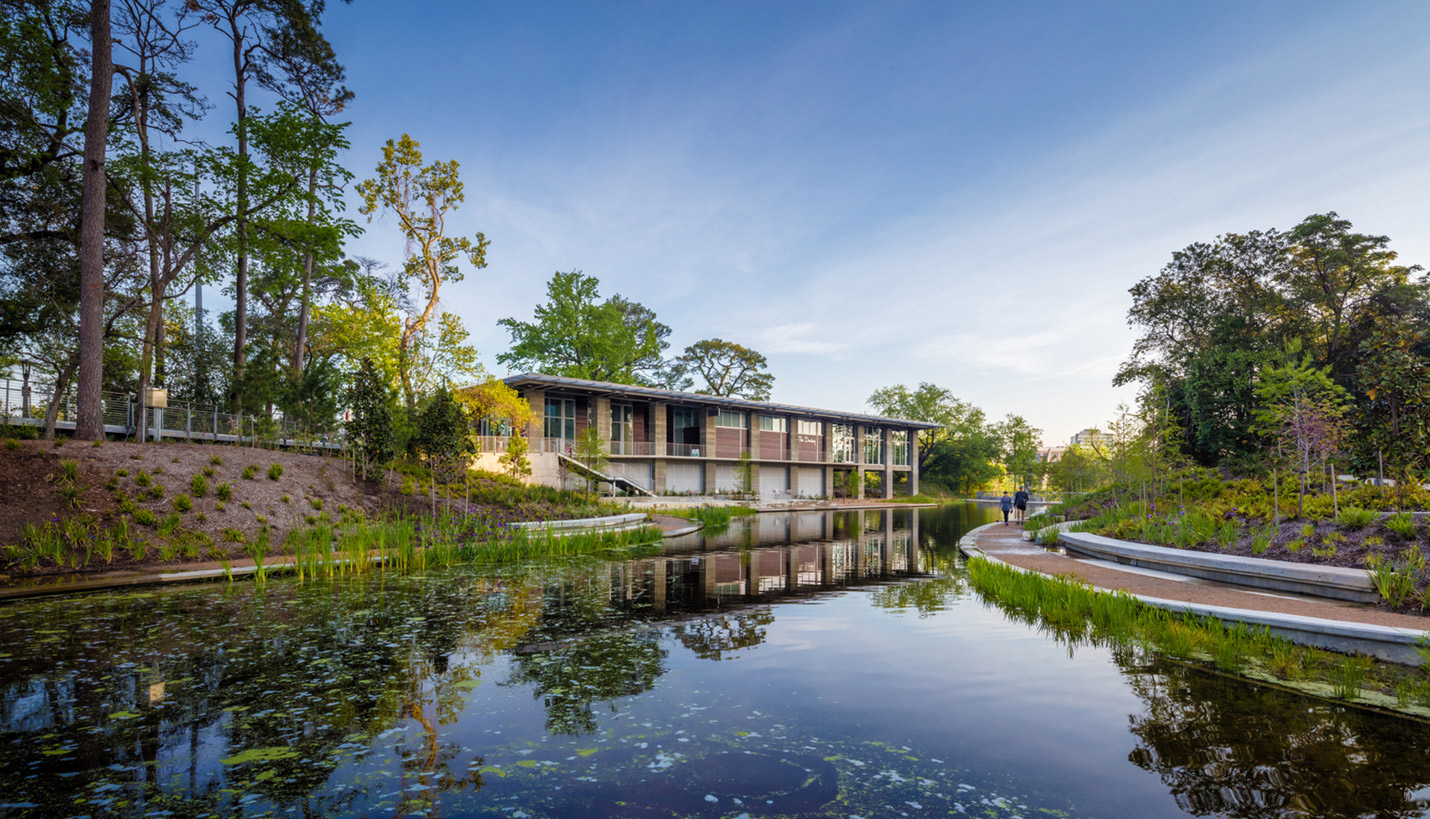
Lost Lake Visitor Center and The Dunlavy Event Space
Slyworks Photography
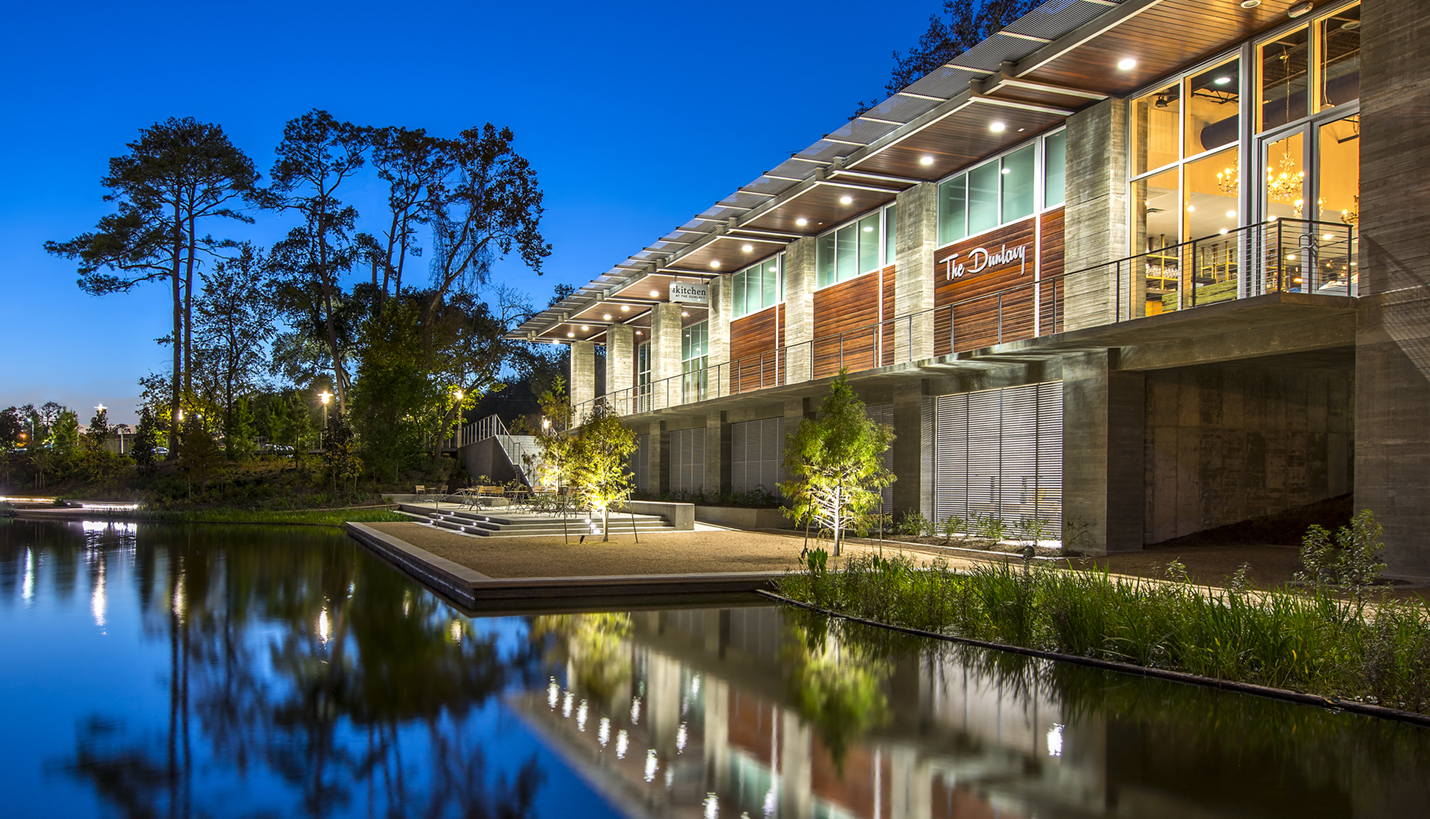
Lost Lake Visitor Center and The Dunlavy Event Space
© G. Lyon Photography

Lost Lake Visitor Center and The Dunlavy Event Space
Slyworks Photography
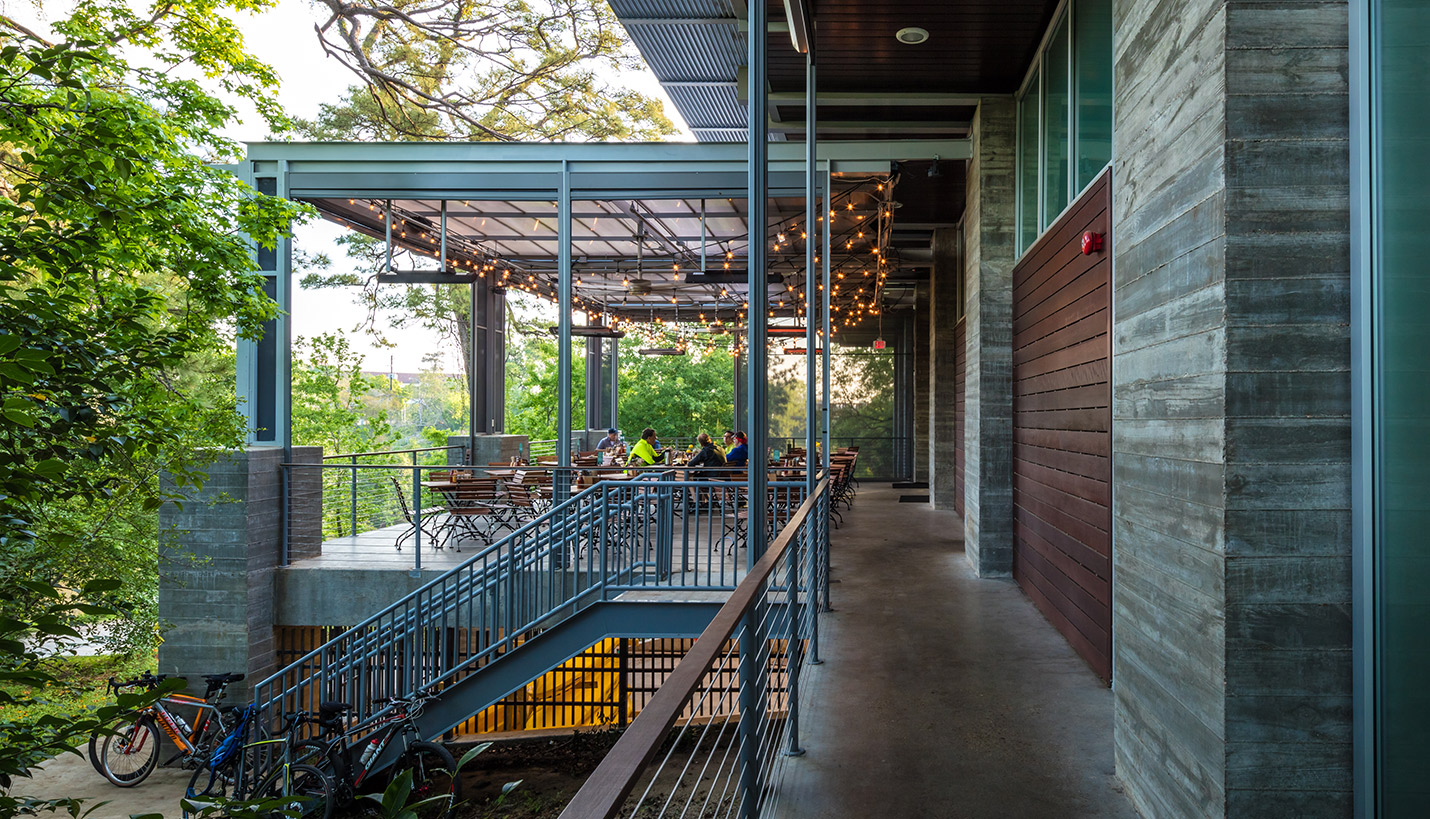
Lost Lake Visitor Center and The Dunlavy Event Space
Slyworks Photography

Lost Lake Visitor Center and The Dunlavy Event Space
Slyworks Photography
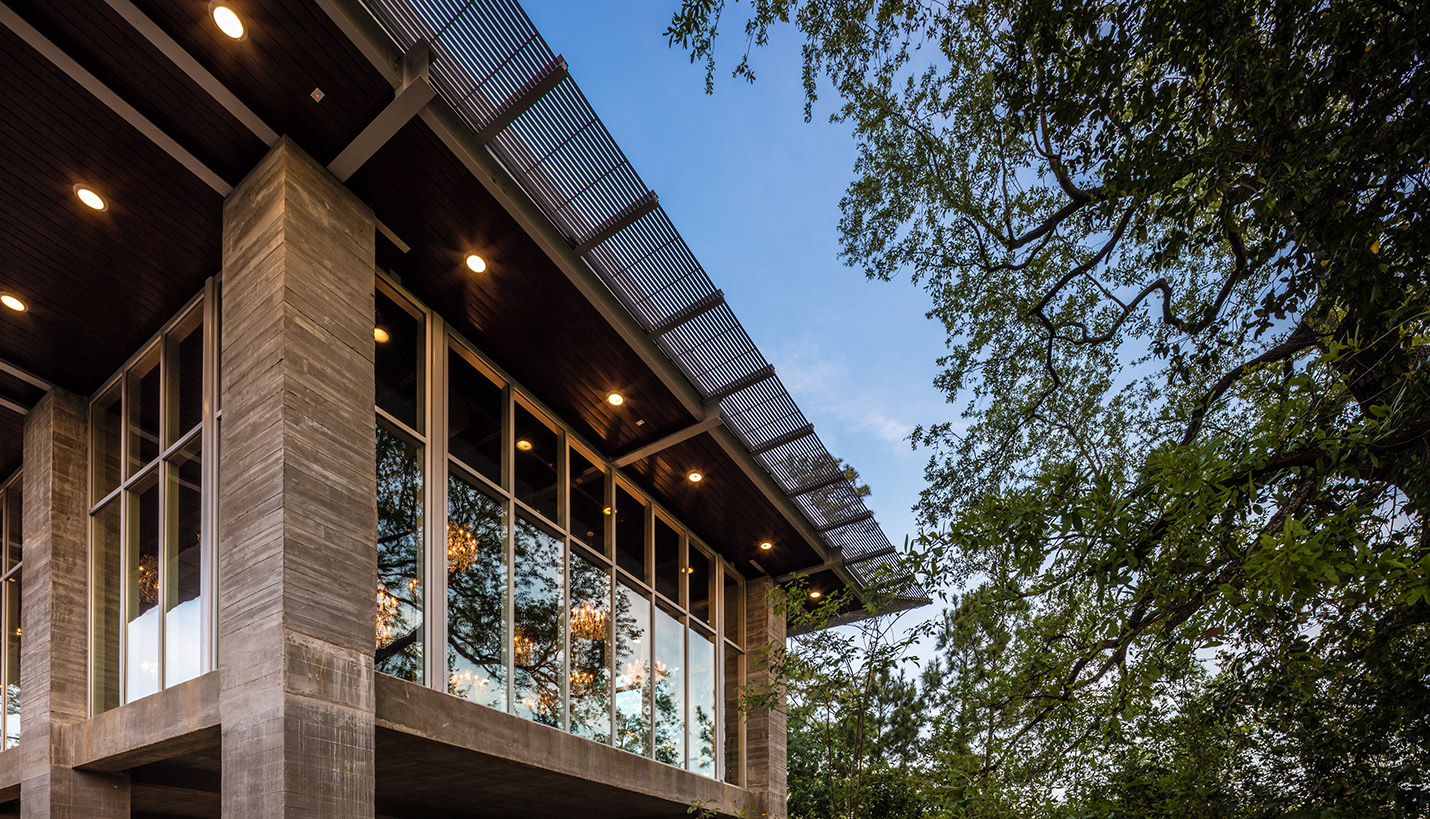
Lost Lake Visitor Center and The Dunlavy Event Space
Slyworks Photography
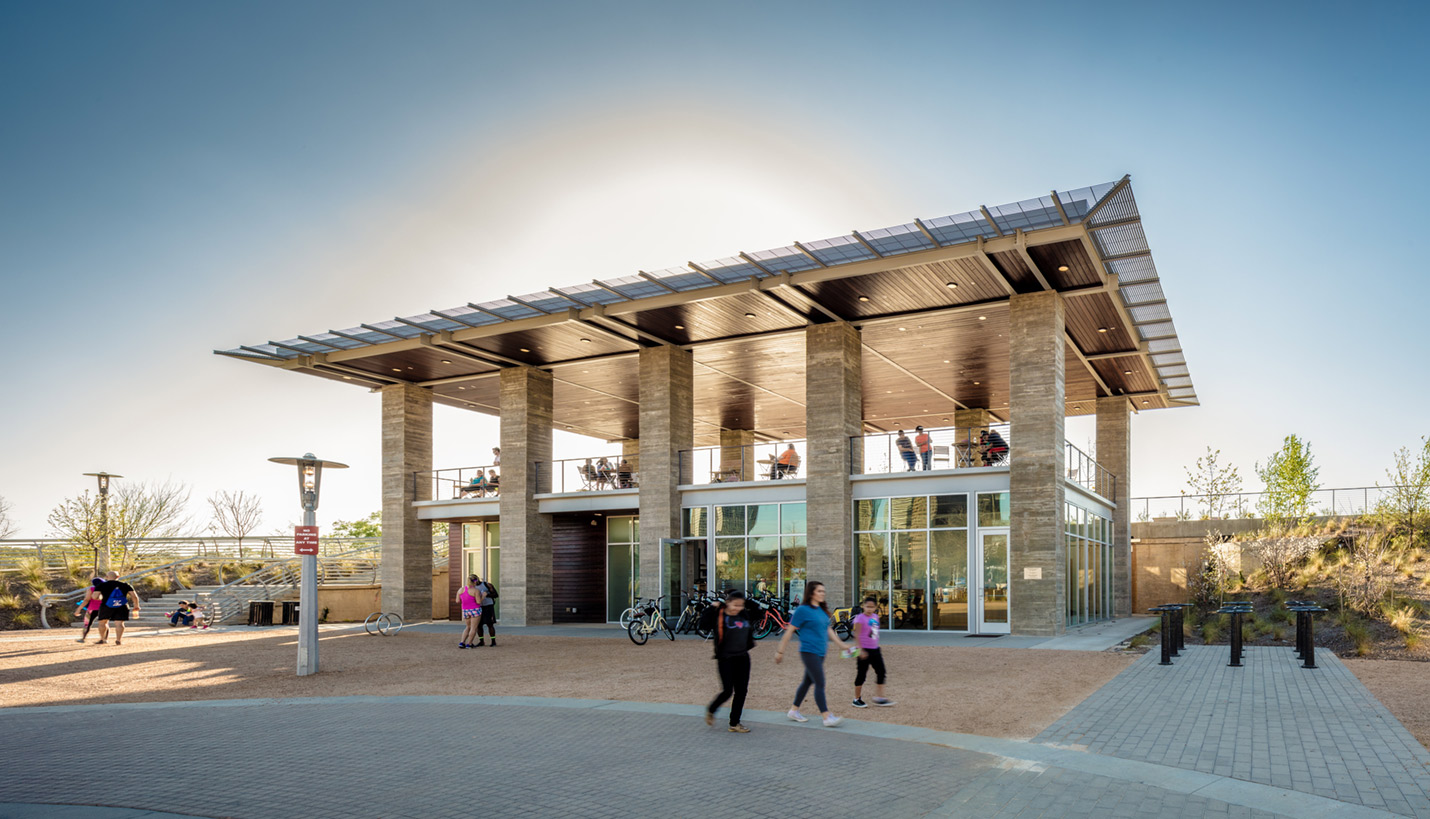
Water Works Visitor Center
Slyworks Photography
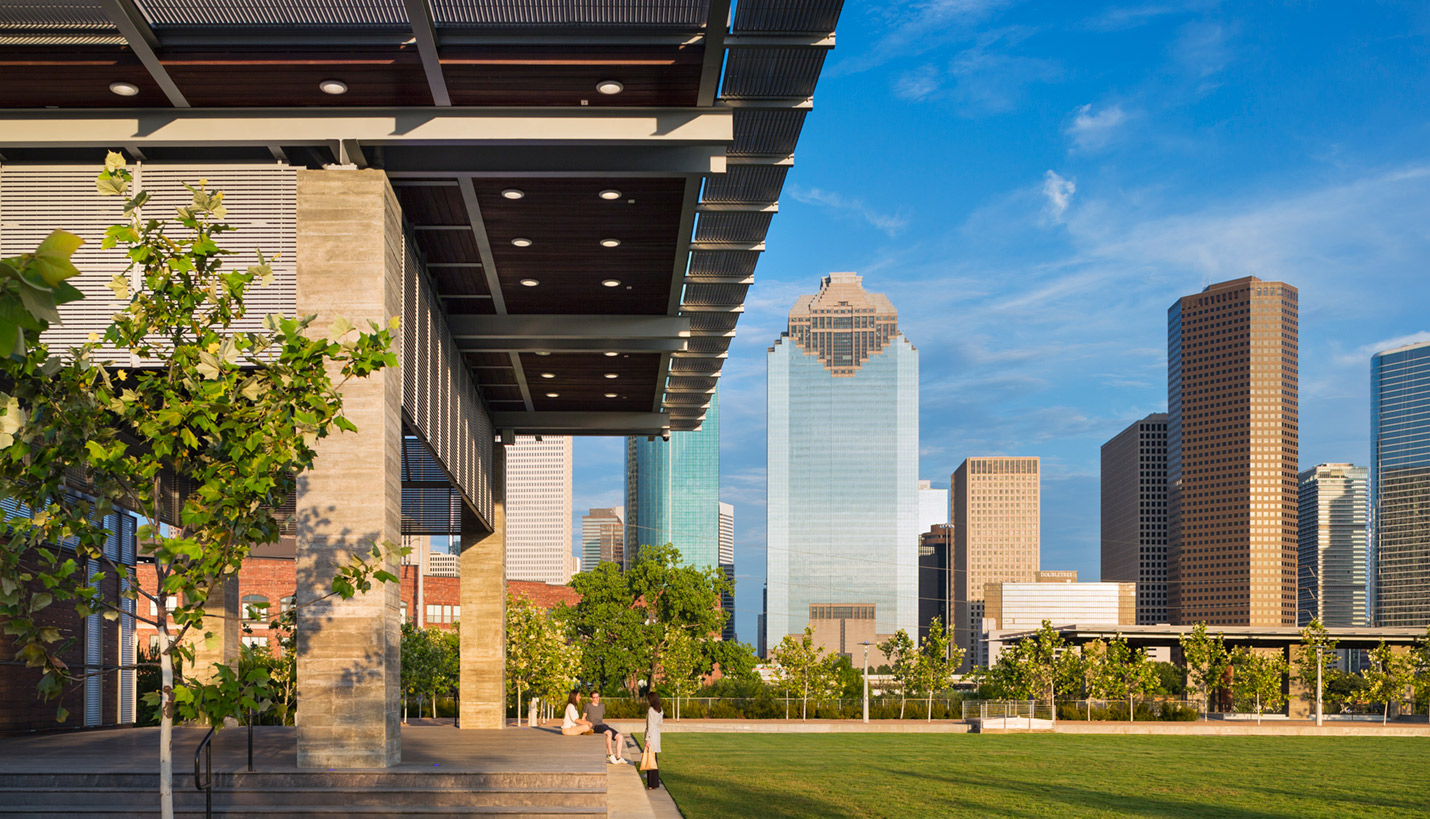
Water Works Pavilion
Slyworks Photography
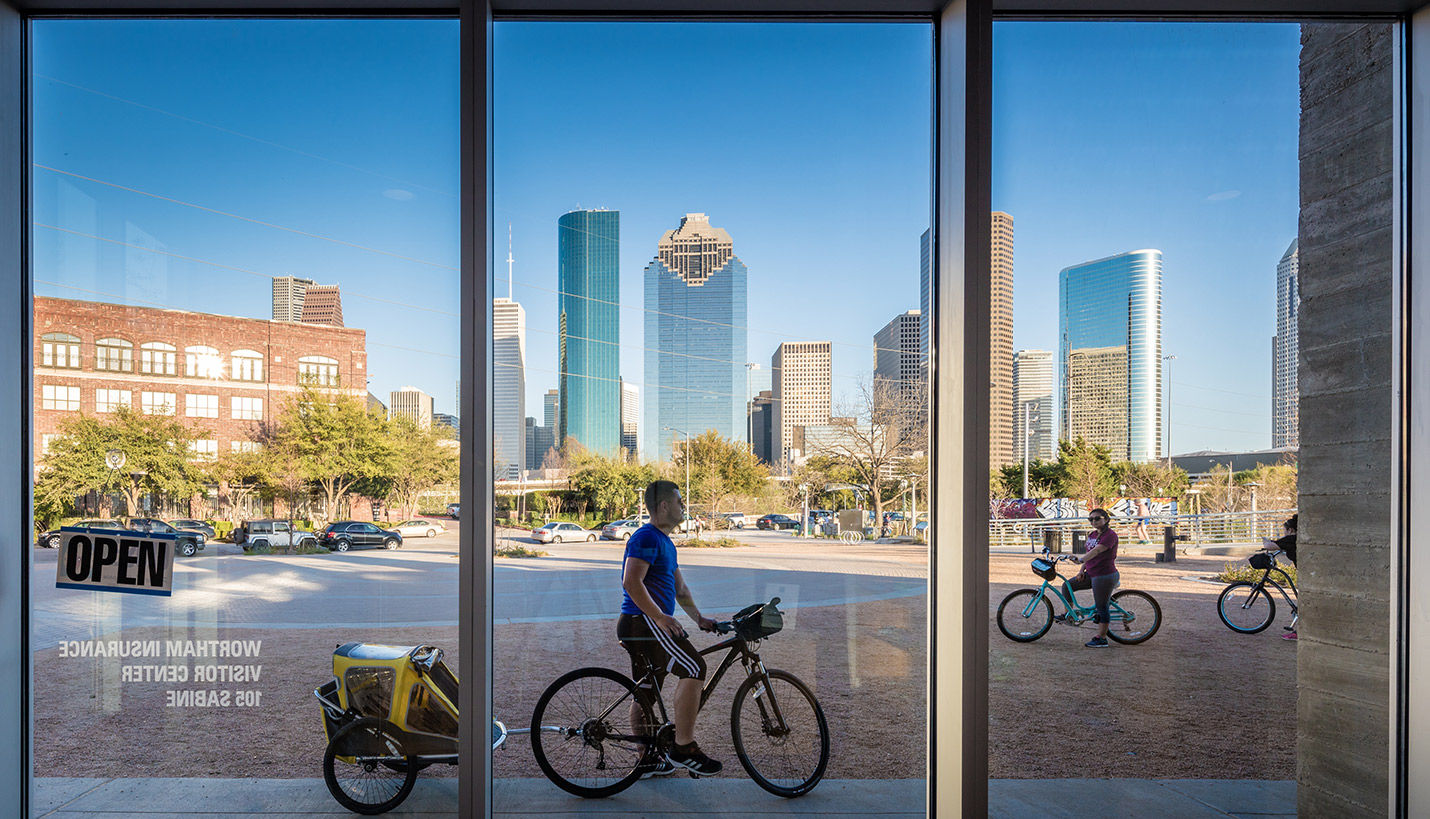
Water Works Visitor Center
Slyworks Photography

Water Works Visitor Center
Slyworks Photography
Architecture of Buffalo Bayou Park
Houston, TX
Awards
Rudy Bruner Award for Urban Excellence Medalist
ULI Global Award of Excellence
American Architecture Prize: Winner in Landscape Architecture/Large Scale Landscape Projects Category
Society of American Registered Architects (SARA) Design Awards of Honor
Architect’s Newspaper Best Of Awards, Civic Institution Category
AIA Houston Design Award
Waterfront Center Excellence on the Waterfront Award
Keep Houston Beautiful – Mayor’s Proud Partner Award
Houston-Galveston Area Council Parks and Natural Area Award, On-the-Ground Project Over $500,000
ULI Houston Development of Distinction Award
Publications + News
- Making A Place in History
- Overview: Buffalo Bayou Park Updates
- Modern Luxury 2018 Best Architect: Larry Speck
- Placemaking
- Buffalo Bayou Park: Winner, 2017-2018 ULI Global Award of Excellence








